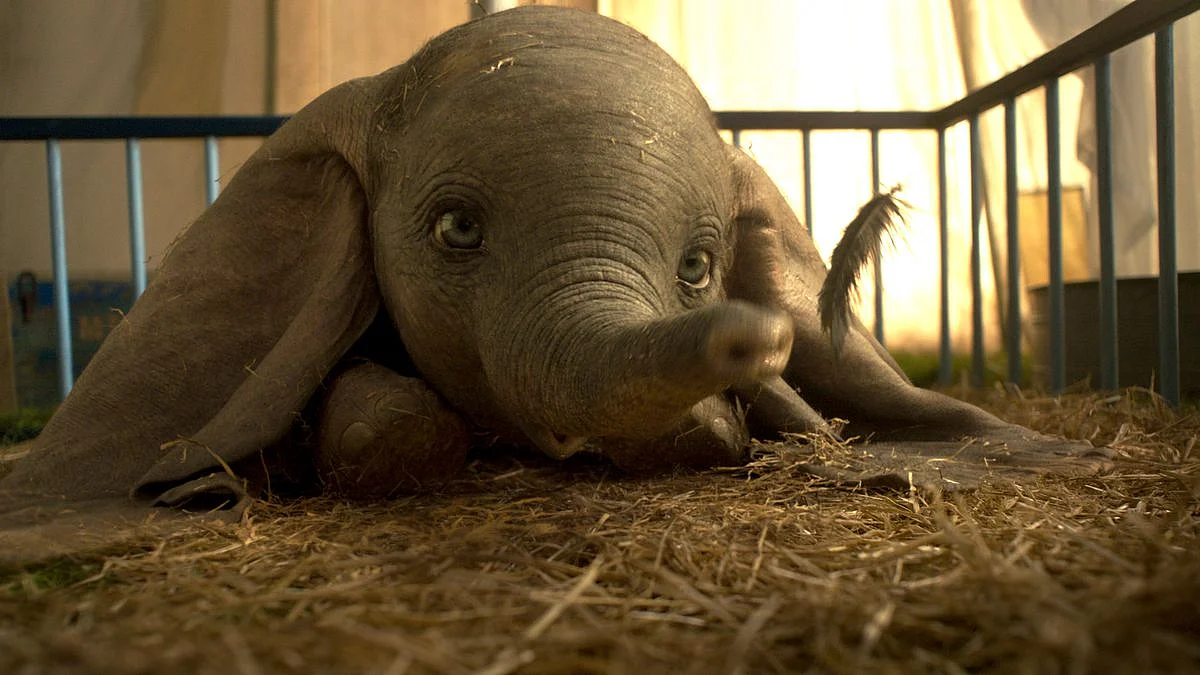‘Dumbo’ Has Enough Charm and Subversion to Fly
Disney’s retelling of Dumbo is an inquisitive prism through which many a light shines.

advertisement
Disney’s retelling of Dumbo is an inquisitive prism through which many a light shines. If it brightens Disney’s continuous money-minting blueprint of turning their animated classics into live-action projects, it also illuminates director Tim Burton’s personal struggle.
After all, he was a director who saw beauty in oddity, and churned out some delightful works of auteurist astonishment early on in his career. But as he got co-opted by the big studios, and received budgets to feed his imagination, the output mostly remained devoid of passion.
In Dumbo, the big baddie is V.A. Vandevere, a business mogul, played by Michael Keaton in the most Johnny Deppish way. He owns an amusement park which resembles Disney’s theme parks a little too closely. A villain with broad strokes, he is the big corporate that swallows the little circus, and throws out its employees. It’s impossible not to chuckle at this indication, since Disney is the company that produced the film, and Disney’s acquisition of Fox is currently underway.
Dumbo, the original 1941 film, is a beloved classic from Disney’s canon, but the film in today’s terms doesn’t have enough plotty muscle to wind up into a full-length feature. Ehren Kruger who composed many Transformers installments takes the original story of a flying elephant and expands it to its logical possibilities.
The film opens in post-World War I America in a struggling circus whose owner Max Medici (a very effective Danny DeVito in limited time) is a portly man who has invested in an Asian female elephant in the hope of making her forthcoming baby an important attraction. To cue the original’s nostalgia in, the story is the same (thankfully omitting the racist impulses). Dumbo after birth is dismissed as a freak for a pair of giant ears that weigh him down, he does get separated from his mother, and there are also alert nods to the ‘Baby Mine’ song, and ‘Pink Elephants on Parade’.
So you have Holt Farrier (Colin Farrell), a WWI veteran who is dealing with the dual tragedy of widowhood and amputee. His two children Joe and Milly (Finley Hobbins and Nico Parker) take on from Timothy Q. Mouse to be Dumbo’s best friends. Eva Green also appears as an icy trapeze artist who falls for the baby elephant’s heartbreaking charms.
If the original played on the idea of Dumbo being an outcast and kept the flying part for the end, Burton’s visualization brings in the flying part very early. If an elephant is actually flying, what could this lead to? This question does get answered as the film brings in corporate greed to light up an outcast’s tale. The canvas gets big and bigger, and the show gets weird and weirder with Burton going bonkers in his grimness.
Dumbo manages to fly with its protagonist because god damn, how moist those eyes are, and how jolly you feel when his ears take off in flight. Despite a human cast failing to rise above their cardboard stature in a predictable turn of events, Dumbo’s face lifts the film though there’s no voice at work.
Burton stages the tale of an outsider in tents, but he ends the show by burning it down, and telling us that deep within, he’s still the outcast. Like Dumbo, he, too, can fly one day again.
(The writer is a journalist, a screenwriter, and a content developer who believes in the insanity of words, in print or otherwise. He tweets @RanjibMazumder)
(At The Quint, we question everything. Play an active role in shaping our journalism by becoming a member today.)